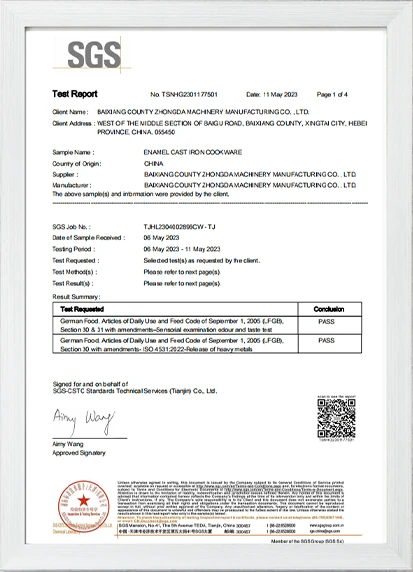what is e6011 welding rod used for
Jan . 19, 2025 00:55
E6011 welding rods are a staple in the welding community, offering versatility and unique properties that make them suitable for various applications. When considering their use, understanding the characteristics, benefits, and practical applications can provide insights into why these electrodes are so valuable.
When welding with E6011 rods, operators appreciate the balance between ease of use and performance. The electrodes produce a stable arc, and their penetrative power ensures strong welds across varying thicknesses of material. While they can produce a coarse weld bead, with practice, a welder can manipulate the rod to achieve a cleaner finish. In terms of safety, E6011 rods contribute to trustworthiness in professional settings. Their reliability under imperfect conditions ensures that welds maintain integrity under stress, which is vital in structural applications. Furthermore, because they can be used on AC power, they can operate with smaller, lower-cost transformer-type welding machines that are commonly found in fieldwork or remote locations. Innovation in electrode coating technology continually enhances the performance and capabilities of E6011 rods. Manufacturers refine coatings to improve arc stability, reduce spatter, and enhance appearance post-weld. These advancements make E6011 a continually relevant choice for welding professionals seeking efficiency, reliability, and quality in their work. In conclusion, E6011 welding rods embody the balance of efficiency and versatility. They allow for precise work in challenging environments, offering deep penetration and adaptability to different power sources. Their forgiving nature makes them suited for both professionals who require consistent performance and hobbyists who value ease of use. By understanding the full scope of E6011's applications and characteristics, welders can maximize their project's success, ensuring strong, reliable joints. Whether in construction, maintenance, or DIY applications, E6011 rods continue to stand out as an essential tool in the welding industry.


When welding with E6011 rods, operators appreciate the balance between ease of use and performance. The electrodes produce a stable arc, and their penetrative power ensures strong welds across varying thicknesses of material. While they can produce a coarse weld bead, with practice, a welder can manipulate the rod to achieve a cleaner finish. In terms of safety, E6011 rods contribute to trustworthiness in professional settings. Their reliability under imperfect conditions ensures that welds maintain integrity under stress, which is vital in structural applications. Furthermore, because they can be used on AC power, they can operate with smaller, lower-cost transformer-type welding machines that are commonly found in fieldwork or remote locations. Innovation in electrode coating technology continually enhances the performance and capabilities of E6011 rods. Manufacturers refine coatings to improve arc stability, reduce spatter, and enhance appearance post-weld. These advancements make E6011 a continually relevant choice for welding professionals seeking efficiency, reliability, and quality in their work. In conclusion, E6011 welding rods embody the balance of efficiency and versatility. They allow for precise work in challenging environments, offering deep penetration and adaptability to different power sources. Their forgiving nature makes them suited for both professionals who require consistent performance and hobbyists who value ease of use. By understanding the full scope of E6011's applications and characteristics, welders can maximize their project's success, ensuring strong, reliable joints. Whether in construction, maintenance, or DIY applications, E6011 rods continue to stand out as an essential tool in the welding industry.
Related Video
Copyright © 2025 Dingzhou Jinlong Metal Production Co., Ltd. All Rights Reserved. Sitemap | Privacy Policy




























